Labor accused of $11bn budget black hole
Analysis from the parliamentary budget office shows the Albanese government is budgeting for a public service workforce that is cut by 20,000 over the next four years.
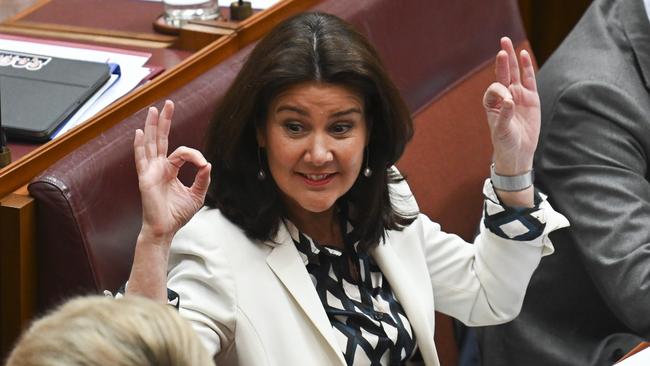
The Coalition is accusing Labor of having an $11bn budget black hole, with analysis from the parliamentary budget office showing the Albanese government budgeting for a public service workforce that is cut by 20,000 over the next four years.
As Finance Minister Katy Gallagher lashes Peter Dutton’s plans to cut jobs in the public service, PBO analysis has calculated the budgeted funding for the commonwealth bureaucracy would result in the workforce dropping from 209,150 this financial year to 189,025 by 2027-28.
Under the PBO’s analysis based on money provisioned in the budget for public service wages, the workforce will drop to 203,627 next financial year and again to 192,731 in 2026-27. This is despite Senator Gallagher on Sunday declaring cuts to the public service workforce would “have us return to Robodebt”.
Defending increasing the commonwealth workforce by 36,000 to more than 209,000 since Labor was elected, Senator Gallagher said “the public service is well resourced now to do its job” and signalled there would be no need to grow it further.
“I’ve come into a public service that was weak, under-resourced and had a lot of problems and it wasn’t delivering services for people, which is the whole purpose of having a public service,” Senator Gallagher told the ABC.
“Peter Dutton likes to stomp around the country and say he’ll cut 36,000 jobs from Canberra. The reality is if he does that, it’s people out in the regions and other places right around the country who will suffer.”
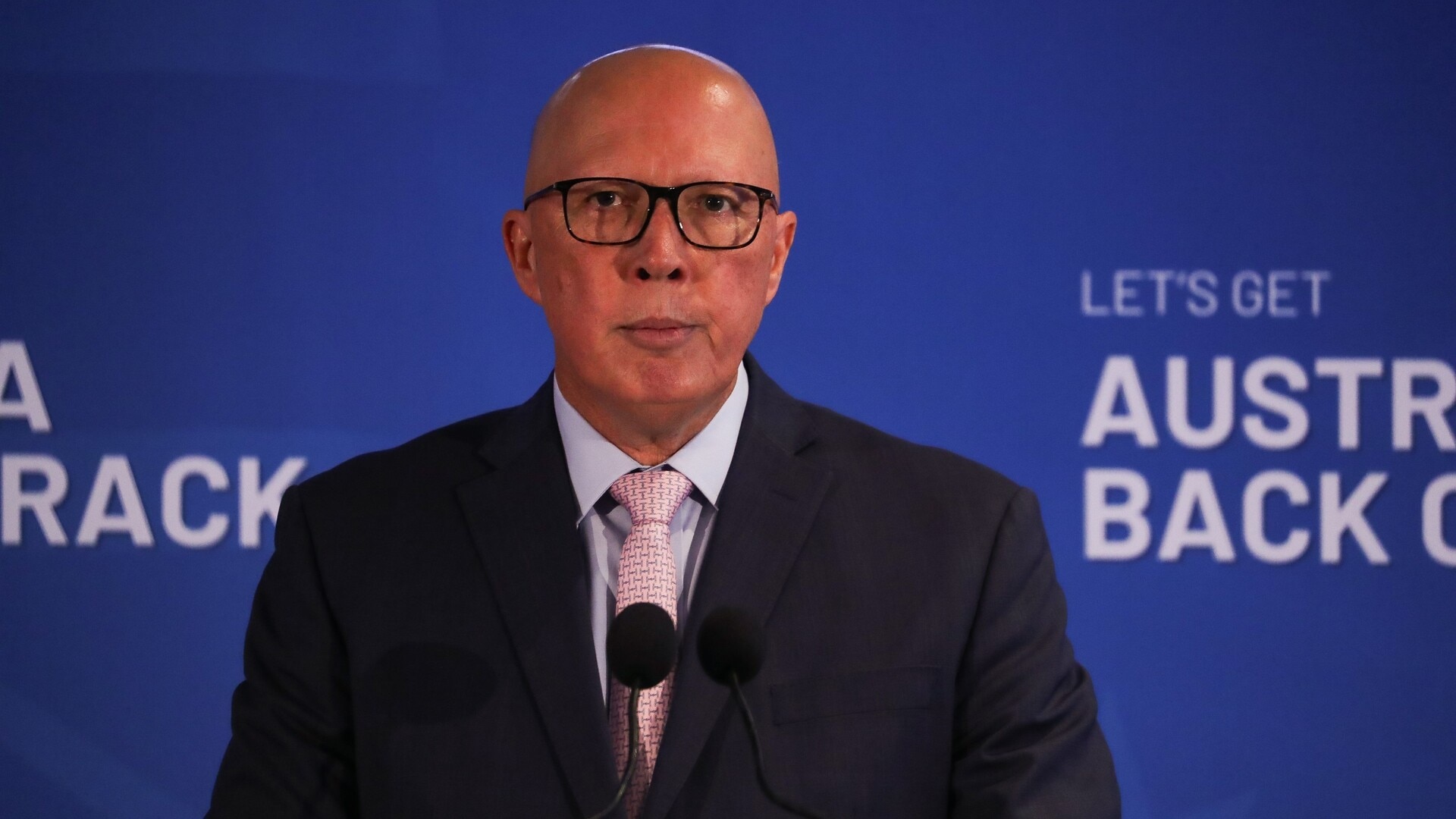
The PBO analysis, commissioned by the Coalition, showed that maintaining the public service workforce at 209,000 would cost the budget an extra $11.1bn over four years.
Opposition finance spokeswoman Jane Hume said the “$11bn black hole has shown (Labor’s) budget has absolutely no credibility – first we discovered an unfunded 11 per cent increase in public sector wages, now we have independent analysis showing Labor hasn’t accounted for 20,000 public servants it says it will keep”.
“Labor has been adamant that they are not going to cut the public service, so how are they going to pay for this $11bn black hole?
“Will they tax Australians even more to pay for this, or are they going to take money out of frontline services to pay for these wages?
“The Albanese government must be honest with Australians about how they are going to pay for the 20,000 public servants their budget makes no accommodation for.”
Senator Hume has written to Department of Finance secretary Jenny Wilkinson asking for an explanation as to why the mid-year budget update assumed wage growth in the forward estimates was flat, despite baked-in wage increases of 11 per cent.
“It is unclear to me how the MYEFO’s assumptions of flat public sector wages growth can be reconciled with the decision taken by the government to increase the wages of the majority of the Australian Public Service by more than 11 per cent over three years, and the clear public statements of the Minister for Finance that she will not reduce the number of public servants,” the letter reads.
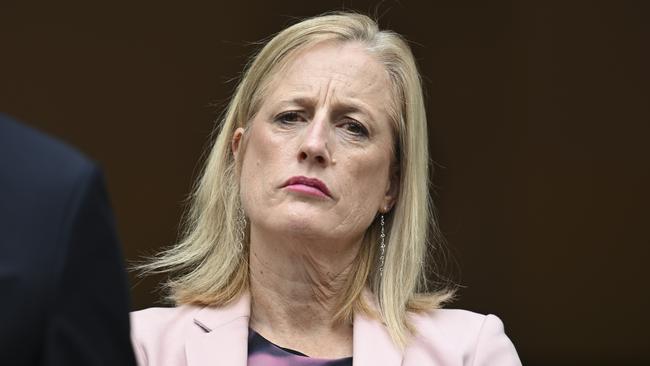
Responding to the PBO analysis, Senator Gallagher did not deny the budget was assuming reductions in the public sector workforce. “This political exercise from the opposition ignores the fact that the approach to funding APS wages is exactly the same now as it was under the nine years of the LNP government,” she said.
“The projected spend on public sector wages and salaries reflects current estimates for departmental expenses and has been calculated in the same way as previous budget updates delivered by both Labor and Liberal governments.
“Instead of playing political games … the opposition should just release their secret costings for both their long lunches policy and nuclear reactors policy.”
Mr Dutton has vowed to make targeted cuts to the public service workforce if he is elected and ensure it does not rise above 200,000, raising particular concerns with roles aimed at promoting diversity and equality.
“I just don’t find any Australians who say that it’s easier to deal with the government as a result of employing 36,000 more public servants,” Mr Dutton said last week.
“We’re not cutting frontline positions. I want more money going to frontline services, I want more money going to health and education, I want to make sure that we can get the GPs into areas at the moment where they’re not practising.”


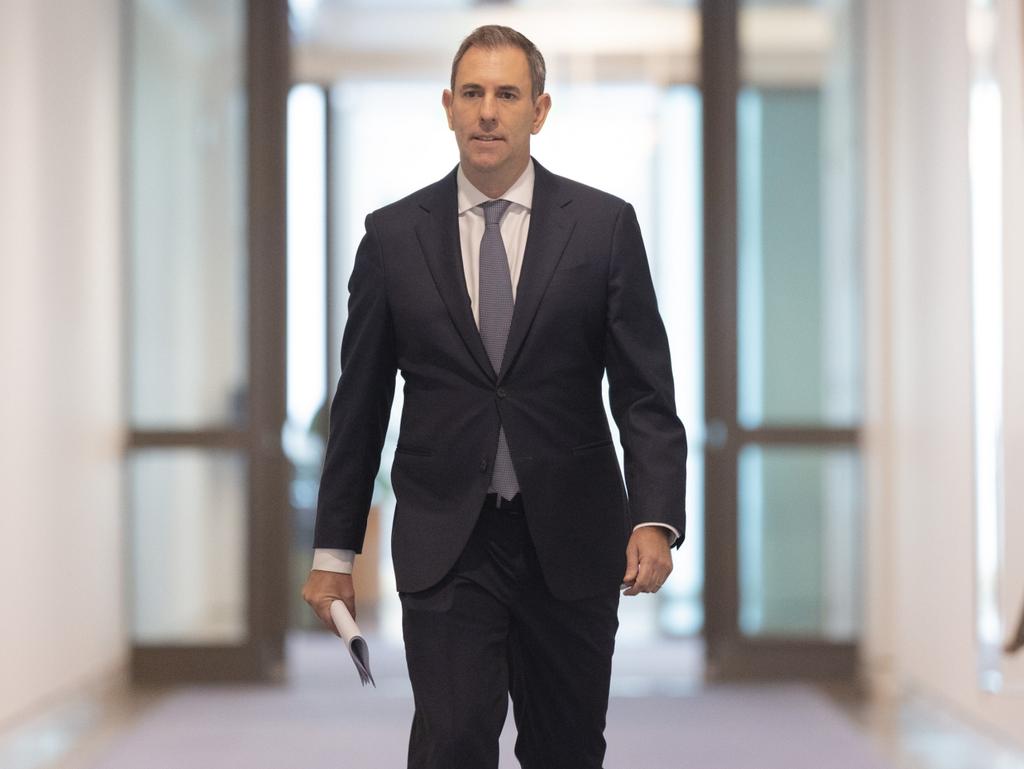
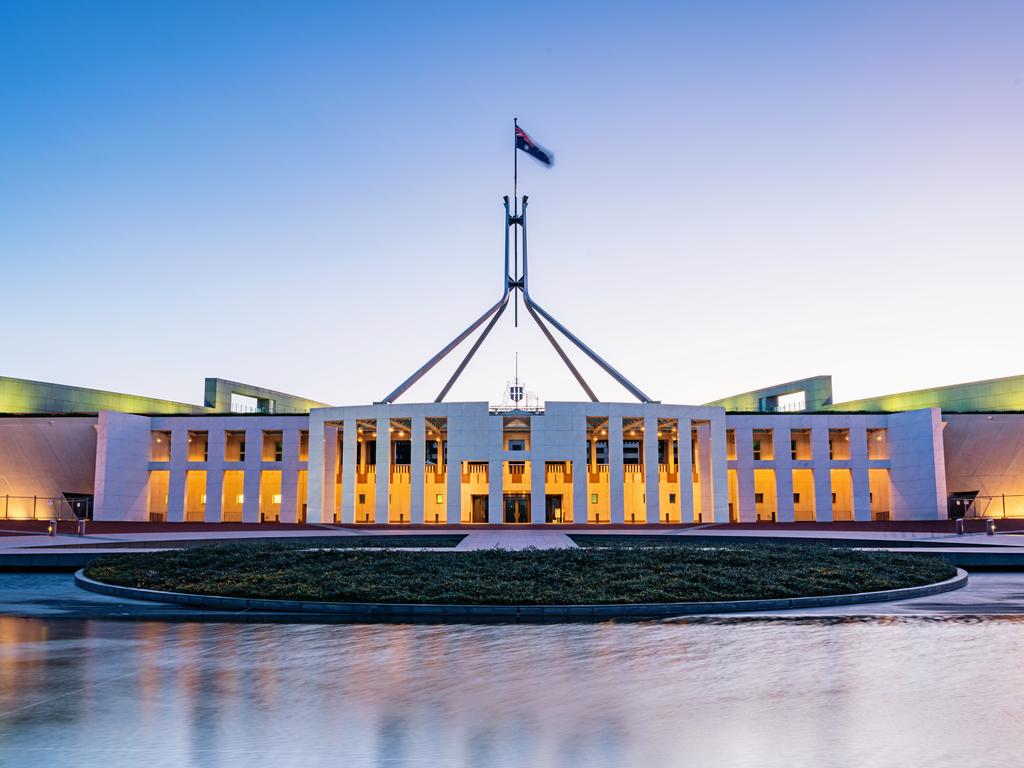



To join the conversation, please log in. Don't have an account? Register
Join the conversation, you are commenting as Logout